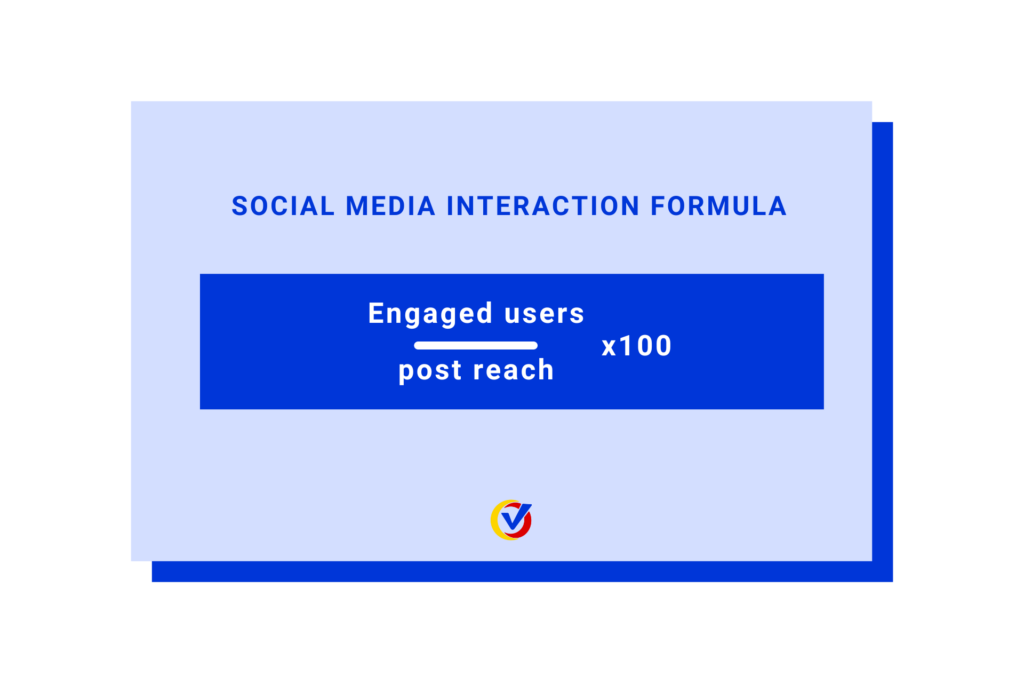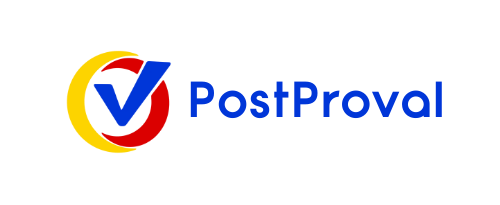Do you have time for social media monitoring and analytics? You probably wish for a social analytics tool, right? You’re not alone. When talking to social media managers, there are a lot of wishes to make their life easier. And the wish ranked at the absolute number 1 is…
‘I want to be able to analyze how my social media posts are performing, so I can improve my content in the future’.
Practice, however, shows something quite different.
So, if you don’t have much time, focus on 3 important social media metrics.
The 3 most important social media metrics
There are many different social media metrics that businesses and organizations can focus on, and the three most important ones will depend on the specific goals and objectives of the organization.
In general, however, some of the most important social media monitoring and analytics metrics to focus on include engagement, reach, and conversions.

1. Engagement
Engagement refers to the level of interaction and participation that people have with your social media posts.
This can include things such as likes, comments, and shares, as well as other actions such as clicks on links or calls to action.
Engagement is important because it indicates the level of interest and involvement that people have with your content, and can help to identify the types of posts that are most effective at engaging your audience.
2. Reach
Reach refers to the number of people who see your social media posts.
This can include both the total number of people who see your posts, as well as the percentage of your total audience that is reached by your content.
Reach is important because it helps to determine the overall visibility and impact of your social media marketing efforts.
3. Conversions
Conversions refer to the number of people who take a desired action as a result of seeing your social media posts.
This can include things like making a purchase, signing up for a newsletter, or downloading a piece of content.
Tracking conversions can help you to understand the effectiveness of your social media marketing efforts in terms of generating leads and driving sales.
Overall, these three metrics are important because they can help you to understand the impact of your social media marketing efforts, identify the types of content that are most effective at engaging your audience, and measure the return on investment of your social media activities.
Analyzing social posts is not complicated
Experience tells us that marketers often don’t get around to analyzing at all. They are so busy creating, planning and posting that analyzing and optimizing social media content happens in a hurry.
Even if they use an efficient social media planner.
Social media monitoring and analytics may sound heavy, complicated and time-consuming, but it doesn’t have to be. We’ll show you how to discover which social media content works well even when you don’t have much time.

There is an endless list of statistics, numbers and graphs provided to you by social media platforms. From clicks to likes, reach and number of comments, to the times your followers are online and the number of seconds your videos are watched.
Super handy for in-depth and specific analysis, but to come to a good conclusion you will need an hour. If not more.
If you’re short on time and still want to know what works for you, it’s best to ignore 90% of the numbers.
Instead, focus on summary statistics.
Engagement rate is key
“But what are summary statistics?”
A summary statistic is a number that collects all kinds of statistics about your post and combines them into one number.
As a result, you only need to look at that one number to make an excellent analysis of your social media content. This is not only easy but also makes for a fair comparison.
For interaction, follow this formula:

Engaged users include all likes, comments, shares, replies and clicks. We divide that number by the unique number of people who have seen your post.
This gives you a good, summary picture of the success of your post.




